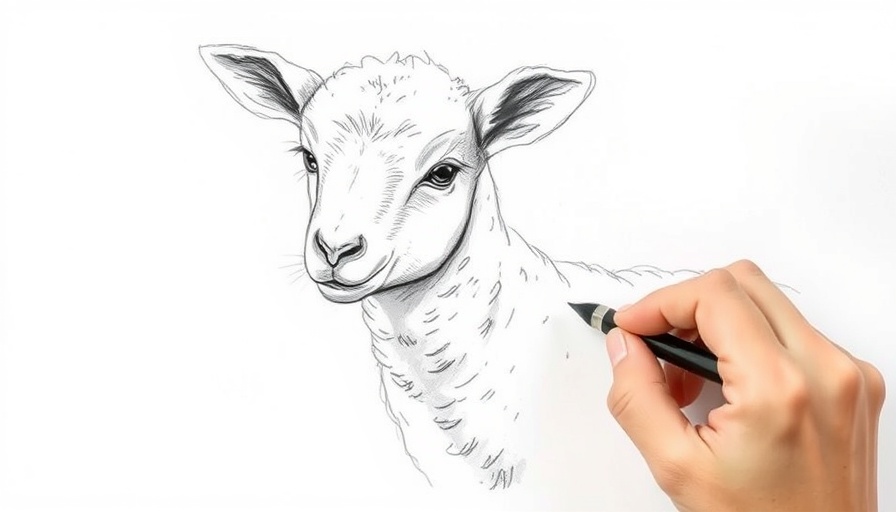
Understanding the Importance of "Oat" in Biblical Context
In the Biblical context, the term "oat" signifies more than just a word; it serves as a pivotal symbol that reflects God's promises and divine revelations throughout history. This Hebrew word carries a profound meaning that connects spirituality with tangible signs in our midst, urging us to recognize and appreciate the signs God places in our lives.
In 'This Biblical Hebrew Word Means "Sign"', the discussion dives into the meaning of 'oat', exploring key insights that sparked deeper analysis on our end.
Oat as a Visual Reminder of God’s Promises
One of the most iconic examples of an oat is the rainbow, which serves as God's promise to Noah after the Great Flood. This beautiful natural phenomenon is not merely a visual spectacle but stands as a reminder of divine mercy and a commitment to humanity. Just as the rainbow represents hope, we are encouraged to seek out and recognize the signs in our surroundings that point to a larger story of God's presence and promises.
Plagues of Egypt: Signs of Divine Authority
In the face of Pharaoh's defiance, the plagues sent to Egypt were far more than punitive measures; they were 'oats' designed to reveal God's ultimate power. Each plague served as a poignant demonstration, not only of divine authority but also as a direct challenge to the false deities of Egypt. It teaches us that signs can act as both warnings and invitations—to recognize the sovereignty of God and surrender our lives to His will.
The Sabbath: A Weekly Celebration of Rest
The Sabbath is perhaps the quintessential "oat"; it stands as a weekly reminder of God's provision and the peace that comes from resting in His presence. God instructed Moses to command the Israelites in Exodus, saying, "You shall keep my Sabbaths, for this is an oat between me and you for generations to come" (Exodus 31:13). This call to observe rest helps us reconnect with our Creator and recognize His ongoing grace in our lives; it invites us into a rhythm that values spiritual reflection and communal harmony.
Recognizing and Reflecting on Oats in Daily Life
So how do we, as members of the Seventh-day Adventist community, embrace the concept of oats in our daily lives? The key is to actively seek and acknowledge the signs that God presents to us. These could manifest as moments of kindness, community support, answered prayers, or even the beauty of nature that surrounds us. By intentionally reflecting on these signs, we foster a deeper relationship with God while encouraging others to do the same.
Sharing Our Stories: The Power of Testimony
In sharing our personal experiences of how we have witnessed "oats" in our lives, we encourage one another in faith. Each testimony could inspire others within the SDA community to recognize the significance of the signs that they encounter. Whether it's through fellowship, church activities, or personal outreach, we can cultivate an environment where these testimonies become a source of encouragement and hope.
Call to Action: Embrace the Oats in Your Journey
As we reflect on the significance of the term "oat" and its manifestations in our lives, let's commit to recognizing and cherishing these signs. Take a moment each week during Sabbath to engage in meaningful activities that remind you of God’s promises. Reach out to a fellow church member, share your stories, and encourage them to identify and appreciate the "oats" in their journey. Together, we can foster a community rooted in faith, awareness, and the joyous affirmation of God's intimate involvement in our lives.
 Add Row
Add Row  Add
Add 




Write A Comment